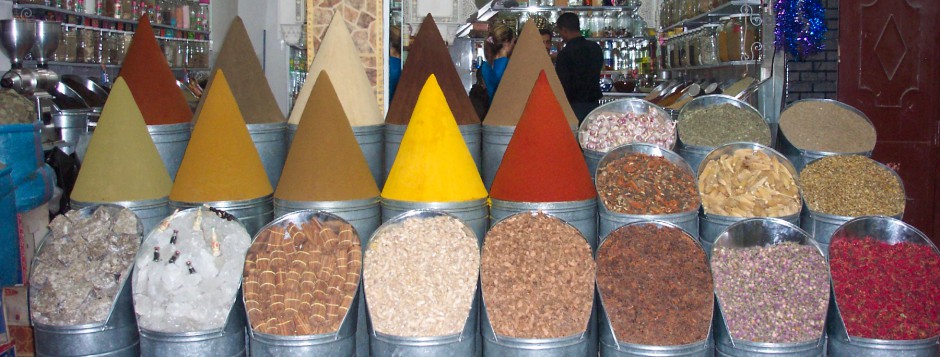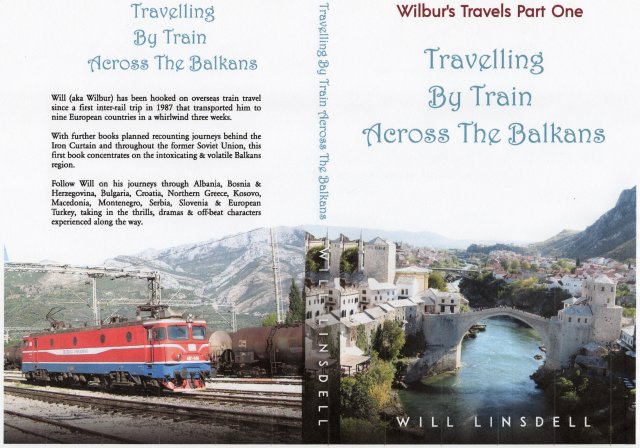When I say big cities, I am meaning 1 million plus inhabitants.
This counts out some beautiful smaller metropolises such as Cape Town, Cusco, Luang Prabang, Santiago de Cuba, Jerusalem, Luxor and Samarkand.
Number Five – Buenos Aires, Argentina (population 2.9 million)
This is one of my most recent trips to a big city, undertaken with Mrs Wilbur in November 2018.
Undeniably Spanish in feel, BA has it all – culture, history & joie de vie. The city of tango, Evita and gauchos is big on passion, with its inhabitants seemingly doing nothing by halves.
Here are just a few of our highlights from our visit.
The Evita Trail
Eva Duarte de Perón (7 May 1919 – 26 July 1952) is to Argentina what Princess Diana was to the U.K., a beautiful and charismatic fighter for lost causes adored by the masses, but with some enemies in high places.

Evita Portrait, Museo Evita
Like England’s Rose, she died incredibly young aged just 33 and her death saw an unprecedented public outpouring of grief.
So much so that it is said that all cut flowers in Argentina, Brazil, Uruguay, Paraguay & Chile were completely sold out for two weeks either side of her state funeral.
The legend lives on in her homeland and further afield thanks to the musical adaptation of her life, loves and toils on behalf of Argentina’s underdogs.
We went in search of her footprints…..
The Eva Perón Museum (Museo Evita)
Set inside a former women & children’s mission building in the city that Evita founded, the museum exhibits photographs, her outfits, personal possessions, political posters & archive footage telling the story of the rise of a simple village girl to the highest echelons of South American politics right up to her untimely death from cancer.

Museo Evita Exhibit, Buenos Aires
Her main cause was to get justice and basic human rights for the poorest citizens of her nation which ensured her endearment to millions. This included get Argentina’s women the vote.
The museum was fascinating, similar in many ways to the Maria Callas exhibition we visited once in Athens.
Officially photographs were not allowed inside, but I managed to sneak a few.
Casa Rosada
Evita was perhaps best known for her rousing speeches as the First Lady, stood on a balcony alongside her husband, President Juan Perón, as crowds of her admirers cheered every word. These are the scenes immortalised on stage & screen.
Most of the iconic newsreel that we see was filmed in black & white, but the governmental building where she stood in front of the masses was in fact pink, the casa rosada standing at one end of the Plaza de Mayo.

Casa Rosada
The interior contains an interesting museum telling the story of the rise of Buenos Aires, but we satisfied ourselves with an external view, imagining Evita giving one of her intense dialogues from that balcony.
The Eva Duarte de Perón Tomb, Recoleta Cemetery
The Recoleta Cemetery is up there as one of the world’s great cemeteries alongside Highgate in London, Cristóbal Colón in Havana and Père Lachaise in Paris.
Some of the graves are lavish in the extreme, the final resting place of great politicians, military officers, writers, Nobel prize winners and scientists.
The main draw however is undoubtedly the Duarte family grave where Evita is buried.
Entry to the cemetery is free. I paid for a map and completely gave up trying to follow it, relying instead on asking directions and following the crowds.
The simple (by other standards) grave is adorned by brass plaques extolling the virtues of Evita and as you would expect, flowers are consistently attached.
We paid our respects, lingering for far longer than most.

Eva Peron, Grave Plate

Duarte Family Grave

Out & About
Like Che & Fidel in Havana, Evita’s presence is everywhere in Buenos Aires, with her likeness present on walls of buildings, statues and murals. Here are a few of the most prominent ones…

Eva Peron Portrait, Avenida 9 de Julio

Evita Peron Statue, National Library, Buenos Aires

Teatro Colón/Colon Theatre

The opera house of Buenos Aires is up there with the greatest in the world as an iconic classical venue and in my opinion it eclipses Covent Garden, Garnier, La Scala & Vienna.
We had a double dose too. It started with an organised tour of the venue.
The present theatre opened in May 1908, with a production of Aida and was totally refurbished from October 2006 until May 2010, during which time it was closed.
Our tour was led by a budding opera singer and she gave us some fabulous renditions of popular classics as we viewed the sumptuous interior. It really was stunning as I hope these photos testify.
We were smitten, so much against the better judgement of my wallet, we decided to book for that evening’s performance by the visiting Viennese Chamber Orchestra.



Argentinian Tango
Tango to Argentina is what flamenco is to Spain and salsa to Brazil – inseparable.
Naturally we had to take in a show. We knew it would be touristy, but when in Rome and all that. We chose La Ventana and got picked up from our hotel to be ferried around various other hotels for more pickups. Bloody tourists!
The place was indeed touristic, the entertainment not quite top notch and the steak was not quite up to Gauchos standard, but we enjoyed ourselves all the same.


Next day we visited perhaps the most famous cafe in the city, Cafe Tortoni, which was inaugurated way back in 1858.
Not only do they do mighty fine coffee & cakes in lovely surroundings, but they also have regular tango shows.
Such is its popularity we had to wait fifteen minutes for a table and I understand that this was a relatively short delay.
We decided to just soak up the atmosphere over a cappuccino and look at all the tango pictures & assorted memorabilia.


Last up we visited the free to enter adjacent Tango Museum at the Palacio Carlos Gardel taking the vintage cage style Parisien lift up. Carlos Gardel is perhaps Argentina’s most famous tango legend.

The small museum is spread over three rooms and entrance lobby, all stuffed with record sleeves, photographs and belongings of Argentine tango legends, as well as some of their well used instruments.
A delightful flit around accompanied by jaunty tango music.
Football
Football in Buenos Aires is every bit as much a religion as in Rio with all Argentina’s top clubs based there.
Indeed the time of our visit coincided with the first ever all Argentinian Copa Libertadores between arch rivals Boca Juniors and River Plate. It is the equivalent of Celtic v Rangers in the European Champions League final – more of that later.
I had long wanted to take in a game in the city and with Sergio Aguero being one of my modern day footballing heroes, I booked to go and see his first club Independiente playing against Belgrano.

Me Outside The Independiente Stadium, Buenos Aires
The game was played on a Sunday and alarmingly had been in real doubt due to torrential rain, but happily it had eased sufficiently for the match (and for that matter the first leg of the final at Boca) to take place on a drying pitch.

The stadium based in the suburb of Avellaneda stayed pleasantly dry for the game, though the ground was only about 25% full.
The home fans were still very noisy though, with the usual huge banners and flares much in evidence.


An entertaining game was eventually won 2-1 by the hosts, who also missed two penalties, whilst both teams had a player sent off in the first half.
The race was then on to find a taxi to take us back to the centre for the first leg of the big final.
Not an easy task but we managed it somehow and made it to a bar showing the match in good time to take up our seats along with fifty or so football shirt wearing locals, roughly split 50/50 Boca & River.
La Boca, formed in 1905 by Italian immigrants, are known as the working class team of Buenos Aires due to their routes in the industrial port zone of the city and their Chocolate Box stadium renowned for having a bear-pit atmosphere. River Plate were also formed in Boca, but moved to the Belgrano district and are now thought of more as the establishment team.

La Bombonera (the Chocolate Box), Boca Juniors
An estimated 70% of fans in the football (soccer) mad country are said to support one of the two teams, whilst the fixture has a history of trouble with matches abandoned in the recent past due to severe crowd violence. The authorities had therefore decided to ban away fans from each of the final’s two legs.
The match finished in an honourable 2-2 draw, each of the four goals being met by raucous celebrations by half of the bar. So honours were even ahead of the second leg which was due to be played the following Sunday at River Plate’s stadium.
In the event the match was postponed due to the Boca Juniors team coach being pelted with missiles by the most partisan River Plate fanatics and tear gas used by the police to disperse the crowds getting into the eyes of the players.
With the stadium full of fans from several hours before scheduled kick-off, the match was put back several times before eventually being called off for the day.
It was subsequently played in Madrid with River Plate emerging victorious.
Other Buenos Aires Highlights
The city really is amazing with wonderful squares, churches and museums.
Other highlights included the fabulous Museo Nacional de Bellas Artes, the Floralis Genérica (a giant metal flower statue with moving petals) and the El Ateneo bookstore situated in an old theatre.
Exhibits at the Museo Nacional de Bellas Artes

Floralis Genérica, Buenos Aires
El Ateneo Bookstore
We also did a couple of excellent side trips by train to Tigre on the River Plate Delta and by ferry to Colonia de Sacramento in Uruguay.
A truly wonderful city break of six nights.


































